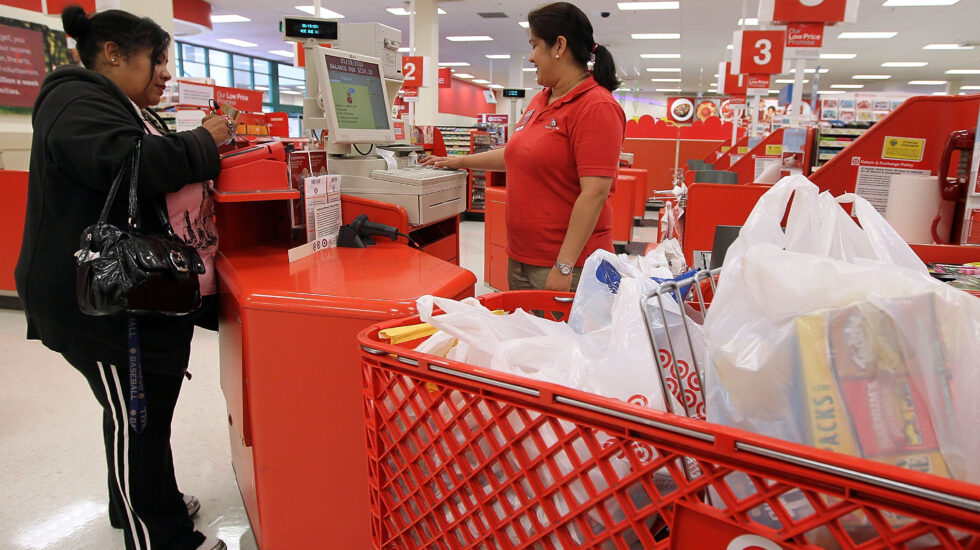The consumer price index, a closely watched gauge for inflation, rose 7% in 2021, the highest total in 40 years.
The historically-high figure, released by the Labor Department on Wednesday morning, was driven by increases in the cost of shelter, used vehicles, and food. The Washington Post explains:
2021 went down as the worst year for inflation since 1982, as broken supply chains collided with high consumer demand for used cars and construction materials alike. Higher prices seeped into just about everything households and businesses buy, raising alarms for policymakers at the Federal Reserve and White House that inflation has spread throughout the economy.
The New York Times adds:
Policymakers have spent months waiting for inflation to fade, hoping supply chain problems might ease, allowing companies to catch up with booming consumer demand. Instead, continued waves of virus have locked down factories, and shipping routes have struggled to work through extended backlogs as consumers continue to buy good from overseas at a rapid clip. What will happen next might be the biggest economic policy question of 2022.
Federal Reserve Board Chairman Jerome Powell told Congress on Tuesday that he’s optimistic that supply chain issues will resolve themselves and that prices will fall. The Fed has signaled that it was raise interest rates three times in 2022 in a bid to combat inflation.
“There’s still a lot of scarcity in the economy. Consumers and businesses are in great financial shape, and they’re willing to pay up for more goods, more services and more labor,” Sarah House, director and senior economist at Wells Fargo, told The Wall Street Journal.
However, inflation has become a hot button political issue that disproportionately impacts lower-income Americans. The Associated Press reports:
Rising prices have wiped out the healthy pay increases that many Americans have been receiving, making it harder for households, especially lower-income families, to afford basic expenses. Poll show that inflation has started displacing even the coronavirus as a public concern, making clear the political threat it poses to President Joe Biden and congressional Democrats.
The CPI rose 0.5% from November to December, slightly more than economists polled by Bloomberg predicted. However, energy prices decreased in the final month of 2021 – fuel oil was down 2.4% and gasoline fell 0.5%. For the entire year, gasoline was up 49.6%.



